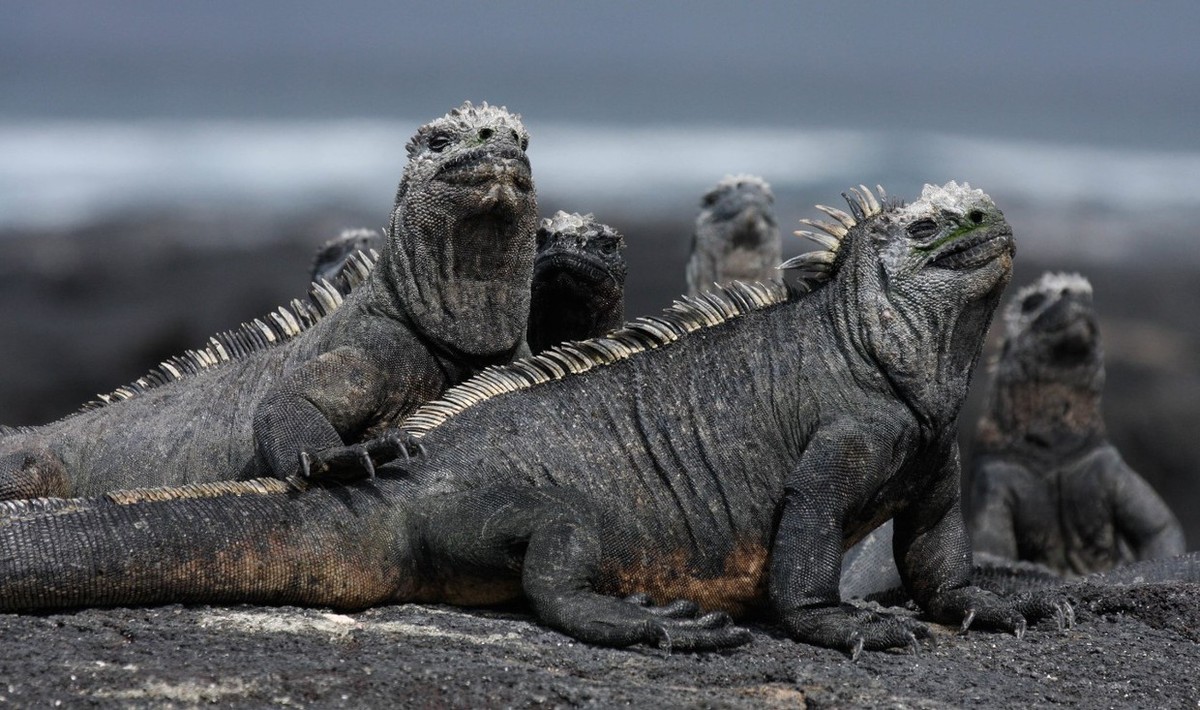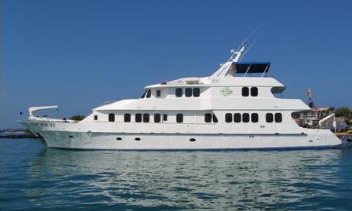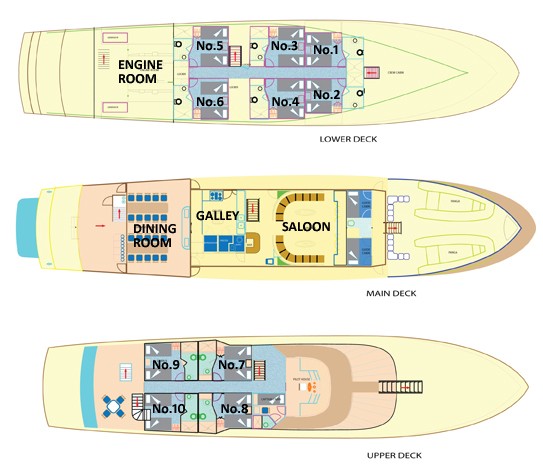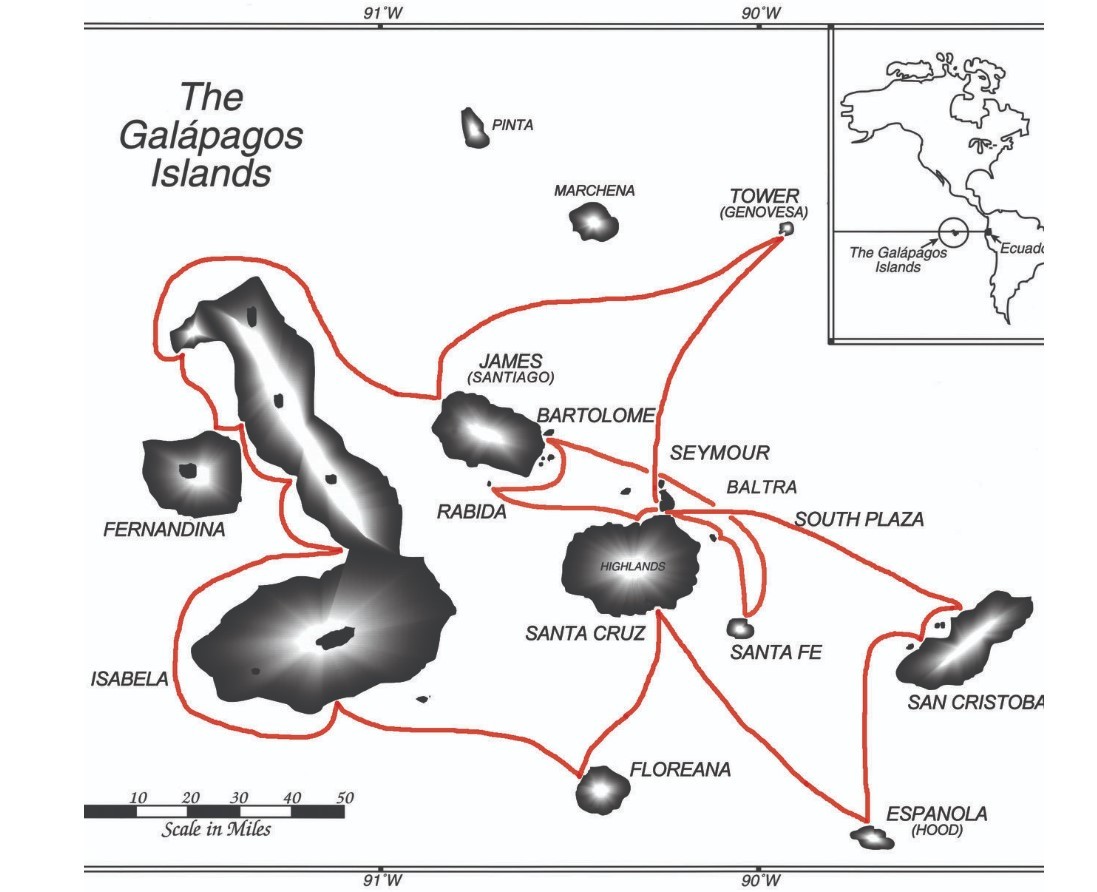
While both of our programs have a very strong Natural History focus, this trip spends 15 days aboard the yacht, allowing you to visit significantly more inner islands, and allowing for a maximum of wildlife observation.
- TOWER & SANTIAGO
- ISABELA & FLOREANA
- SANTA CRUZ & ESPANOLA
- SAN CRISTOBAL & MOSQUERA
- SOMBRERO CHINO & SANTA FE
There are no future departures for this trip at this stage.
Tip Top IV

Vessel Type: Motor Yacht
Length: 27 metres
Passenger Capacity: 16
Built / refurbished: 2006
The 125 ft, steel-hulled, TIP TOP IV was built in Guayaquil, Ecuador in 2006. She is owned, and occasionally still captained by Rolf Wittmer - the first person born in the Galapagos Islands.The interior is very spacious and attractive, and features a library/conference room, and a spacious dining room. Cabins, Bar and lounge are fully carpeted for your comfort. A beautiful teak floored sun deck and dinning room creates a delightful place for resting and relaxing on board. There are extensive outside viewing (both sun and shade) areas.CabinsThere are 10 air-conditioned double cabins (4 on the bridge deck and 6 on the lower deck). All cabins, six in the Lower Deck and four in the upper deck have two single lower berths that may be transformed in a king size bed and the cabins in the lower deck can be transformed in familiar suites by interconnecting doors. Onboard equipmentSpecial equipment on board includes basic snorkeling gear to loan as well as 8 double kayaks.Staff and CrewWith our highly trained professional crew on board, twin main engines, twin electric generators, twin Radars, Eco-sounders and GPS, Reverse Osmosis Water Maker, all the coastguard required safety equipment and twelve knot cruising speed, the Tip Top IV ensure safe cruising around the Galapagos Islands. Our Captain, Multilingual guide, Engineer, International cook, Barman, waitress and two sailors will be at your service. Our relatively numerous crew on board will ensure the best personal service to all of our guests.



